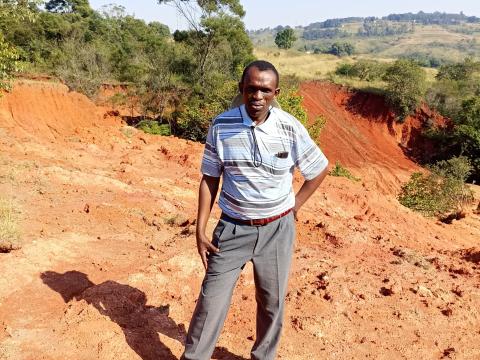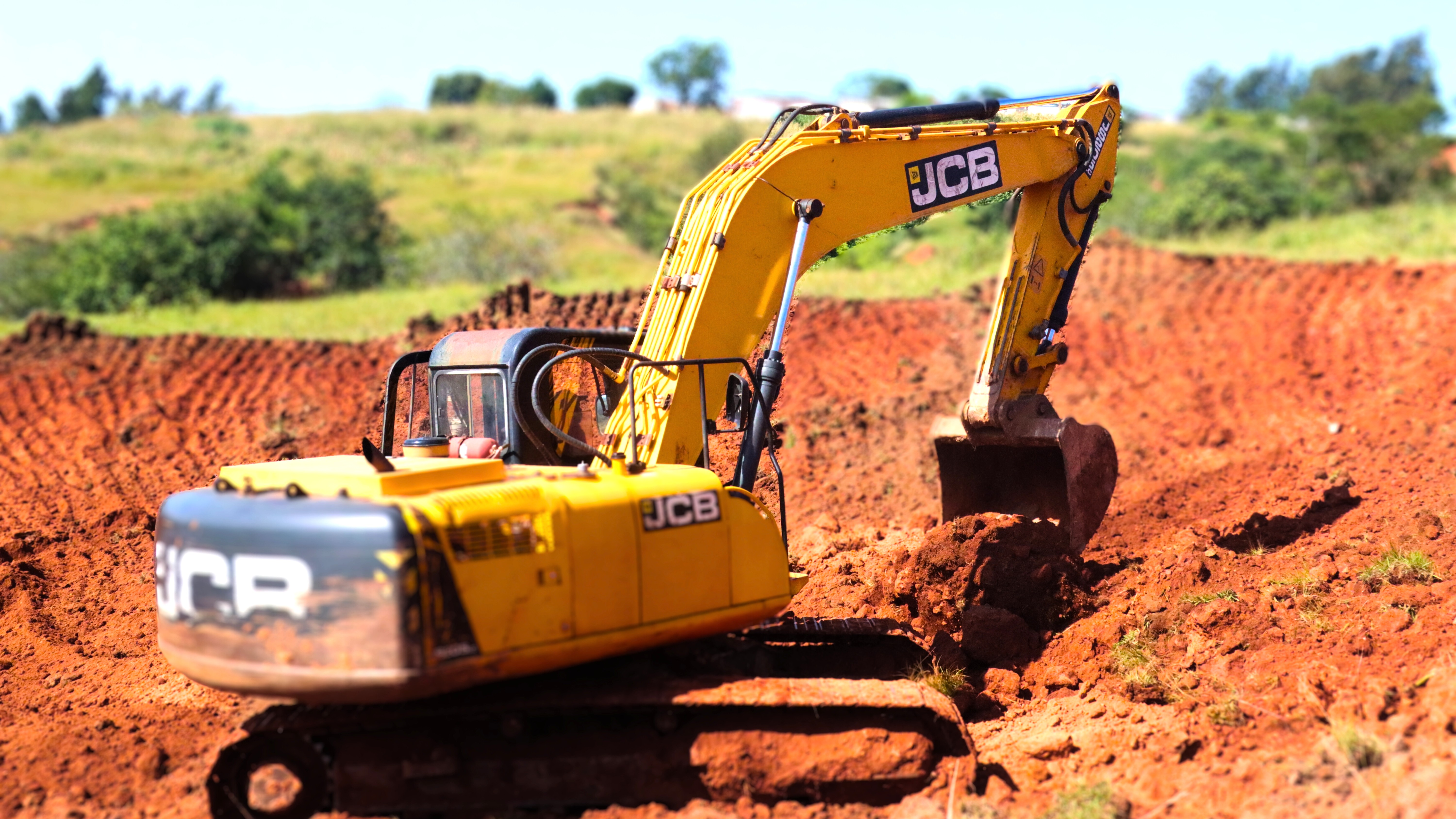Livelihoods Threatened as Donga Depletes Grazing and Crop-planting Land

In the heart of the Ekukhanyeni community, a large and expanding donga threatens the livelihoods of thousands of families. Stretching across nearly two hectares, the donga has become a serious environmental hazard, destroying arable land, damaging rangelands, endangering livestock, and increasing risk to infrastructure such as roads. It poses long-term threats to food security, water resources, and community development.
Through the Ekukhanyeni Natural Regeneration Programme, a 12-month project funded with a $50,000 grant from the Global Environment Facility–Small Grants Programme (GEF-SGP) through the UNDP Eswatini, World Vision Eswatini, in partnership with the Ministry of Agriculture Eswatini, is working to restore this degraded landscape.
“This donga has had a devastating impact,” says Mr Dlamini, Chairperson of the community’s donga rehabilitation project committee. “It has led to increased soil erosion and reduced the usability of the land. Families can no longer rely on this area for grazing livestock or planting crops. Worse still, roads are becoming impassable, cutting off access to essential services.”

Environmental degradation in the area has worsened over the years due to poor land management, overgrazing, and the effects of climate change. Left unchecked, the donga continues to threaten the region’s long-term development prospects.
Soil and Water Conservation Engineer in the Ministry of Agriculture Eswatini, Colani Mkhabela is leading efforts to rehabilitate the gully and stabilise the surrounding land. “We are trying to restore the land,” Mkhabela explains. “With the right conservation techniques, including natural regeneration and replanting vegetation, we hope the land will once again become usable and productive for the community.”
The initiative reflects a growing understanding that environmental sustainability is key to securing livelihoods. As local residents engage in the regeneration process, they are also learning practices that will protect their land for future generations. Through ongoing training, supported by the project, they are gaining invaluable knowledge in sustainable land management and the importance of diversifying income-generating activities.
Share